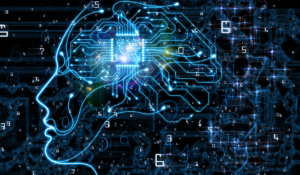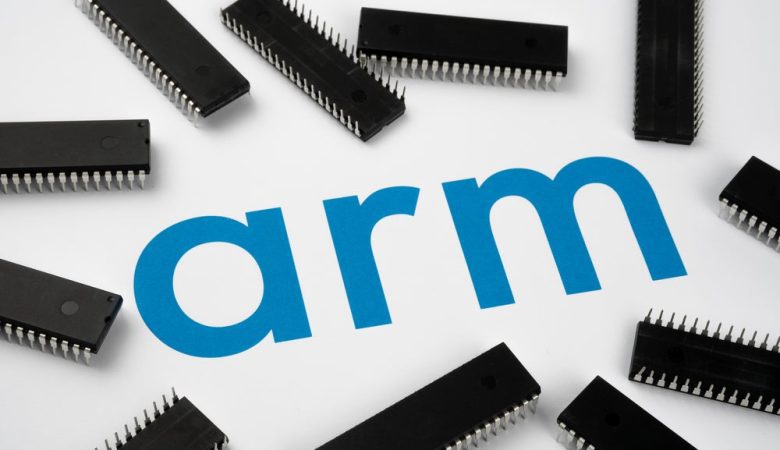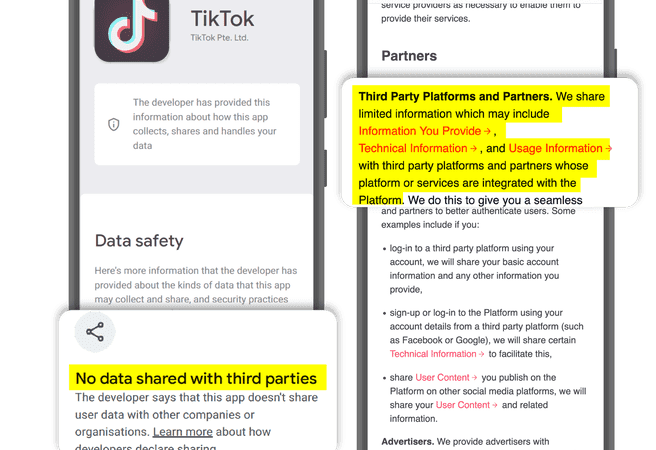Opportunity or risk – artificial intelligence has long since arrived in our everyday lives. It offers many options that make our lives easier. But is there a threat of surveillance and control on the other?
- What is artificial intelligence
- Machine learning
- Pattern Recognition – Image Analysis in Medicine
- AI and mobility
- Democracy and control
What is artificial intelligence ?
With the help of artificial intelligence ( AI or AI for Artificial Intelligence ), a computer tries to solve tasks that were previously only possible with human intelligence. The system is not really intelligent by itself, it simulates intelligence .

AI has been a scientific discipline since the late 1950s. At that time, however, it was still a research area that had little chance of being realized. The breakthrough only came when the computers became faster, more efficient and, above all, could be networked. Today, the Internet makes huge amounts of data available, which are the prerequisite for the development of artificial intelligence. This is why the development of AI has made great strides in many different areas since the early 2000s.
85 percent of online trading is already carried out with artificial intelligence. AI controls voice agents, translation assistants, occurs in the navigation systems of our cars, in robot control or in medical diagnostic procedures. Likewise in weapon systems and surveillance technology.
All of these areas deal with tasks that a machine can perform autonomously or automatically.
The letters AI for Artificial Intelligence glow in a stylized brain above a futuristic city silhouette.Artificial intelligence can control the infrastructure of cities
Machine learning
Thanks to AI , activities can be automated and optimized. AI is based on so-called algorithms that enable machine learning. An algorithm is a kind of instruction for the computer to solve a defined problem in a mathematical way. Machine learning tries to recreate the structures of our thinking with mathematical operations. With the navigation system in the car, for example, the system should offer us the shortest or fastest variant of the route, depending on our needs.
When calculating a route, it is a sequence of many, small detailed solutions – always from one place to the next, until the shortest overall route is put together by sorting. Machines are enabled with algorithms to make this selection independently based on data.
A navigation system can calculate the fastest route from the multitude of data on the weather, traffic jams, etc., but it may not be the shortest. Or the spam filter learns to recognize spam independently based on many actions carried out. Product recommendations for online shopping are also based on this principle. Anyone who clicks on certain products more often will also be offered them independently by the system.
Machine learning can be based on acoustic or visual perception. Or also to actions when machines are gradually able to carry out new things, for example robot movements, to analyze and evaluate their efficiency using the ” trial and error ” procedure.
The prerequisite is large amounts of data, such as those generated when using mobile communication devices. AI processes require a large number of sample or comparison data. In order for a system to reliably distinguish human faces from animal faces, it must first be fed and trained with millions of human faces. The same applies to speech recognition, whereby the machine is based on the spoken language and not on an underlying grammatical scheme. Problem solutions become more and more precise and better, the more data the computer has available. Humans programs algorithms that enable the machine to find solutions to problems or to make decisions.
View through the windshield of a car with a navigation system onto the road.We have got used to the fact that our car navigation system finds the shortest route faster than we do ourselves
Pattern Recognition – Image Analysis in Medicine
Computers and machines learn to recognize patterns based on examples. The more examples are available, the better the analysis of the machine will be. Such AI capabilities are used, for example, in face recognition. The system can find one face among millions of other faces by comparing and evaluating certain distinctive aspects with millions of other data.
Pattern recognition is also used in medicine, for example when evaluating MRI images (magnetic resonance tomography) or when detecting black skin cancer. In the future, AI processes should also analyze the quality of donated corneas so that those showing signs of disease are not transplanted.
In the early detection of colon cancer , AI systems can be used to distinguish harmless growths from dangerous precancerous stages. Without the need to take tissue samples, during an ongoing colonoscopy. The result is available immediately, without lengthy laboratory analysis. Again and again this application is based on pattern recognition, on the lightning-fast sorting and categorization of images.
AI can help to shorten long laboratory procedures: When looking for promising antibiotics, there are, on the one hand, the variant of countless laboratory tests or, on the other hand, AI-supported computer systems that search databases for interesting substances that offer promising conditions for new antibiotics.
Robotic hand and human hand hold a stylized human heart . Artificial intelligence can support medical diagnosis
AI and mobility
In the mobility not only Navis play a role, research on autonomous systems such as self-driving car. Also used is KI for example, spacers, brake automatics or lane departure.
New ideas deal with the transport infrastructure: for example Cargonexx, a project funded by the Federal Ministry of Transport, is supposed to optimize truck traffic and help to avoid empty runs. Many factors played a role: the routes, the days of the week and the pricing. Or a project that, with autonomous driving, enables the driver to preview the route ahead. For this purpose, road sensors, cameras, radar and the cellular network are necessary.
Laptop with road network illustration on the monitor on light table with road network. Artificial intelligence maneuvers us past traffic jams and blocked roads
Democracy and control
Using algorithms, AI systems can recognize fonts, language and patterns better and, above all, faster than humans. We all produce huge amounts of data with every Google query, with every online purchase, with every post. Even if we are sensitized and try to keep an eye on our data, we reveal a lot about ourselves. Who is using this data?
It is above all the large corporations that use them to optimize their respective corporate goals (above all Google, Amazon, Facebook or Alibaba). In some countries, such as China , face recognition is already part of everyday life in public areas.
Different surveillance technologies can interlock and have direct consequences for the personal life of an individual. Unwanted actions can be sanctioned.
Data analyzes based on AI can provide decision-making criteria at all levels: Can I get a loan, can I travel, do I have enough money to rent an apartment? Based on my actions, predictions are generated against which I can hardly defend myself. For example, when an AI application assesses the likelihood of recidivism of petty criminals. Privacy was yesterday.
Targeted misuse of AI technology enables polling robots to influence elections – by means of bots that independently distribute news and engage in opinion-making. Even if people originally programmed these bots, their spread can hardly be controlled later.
These developments run counter to fundamental democratic values. Transparency, public funding of AI applications with compulsory disclosure of functionality, and mandatory impact assessments for new technology projects can strengthen democratic standards. This also means that we as private individuals are informed about new ways AI works in our everyday lives. The EU General Data Protection Regulation is one such instrument.
Our sources:
Prof. Dr. Andreas Dengel, German Research Center for Artificial Intelligence (DFKI)
https://www.bmvi.de/DE/Themen/Digitales/Aktionsplan-Digitalisierung-und-Kuenstliche-Intellektiven/KI-Projekte-in-der-Mobilitaet/aktionsplan.html
https://www.cell.com/cell/fulltext/S0092-8674(20)30102-1
https://www.dfki.de/web/news/detail/News/ki-verfahren-erkennen-qualitaet-von-spenderhornhaeuten-projekt-kitatta-gestartet/
https://www.frankfurter-hefte.de/artikel/demokratie-im-zeitalter-kuenstlicher-intellektiven-2820/











